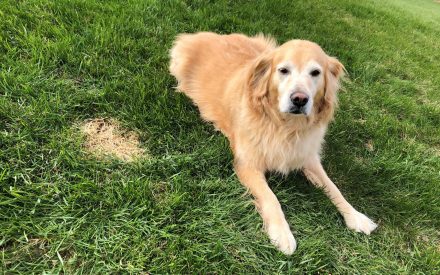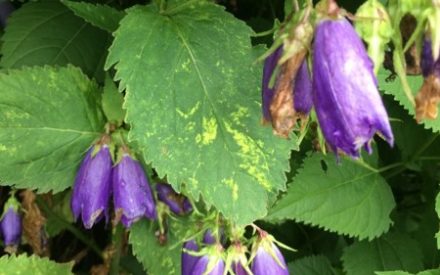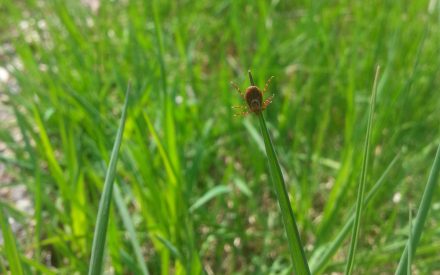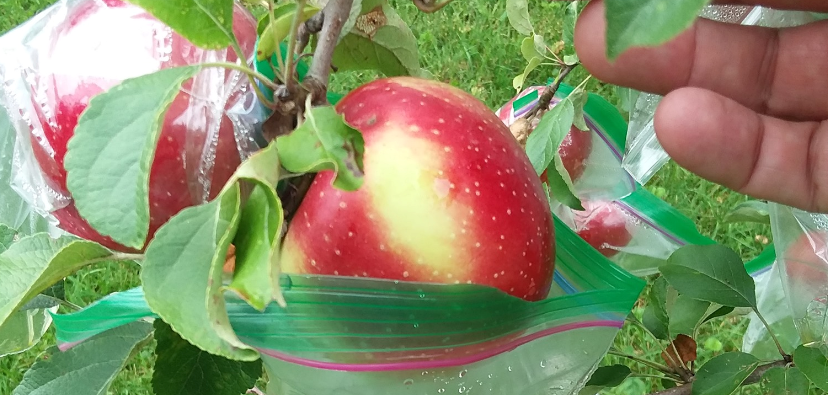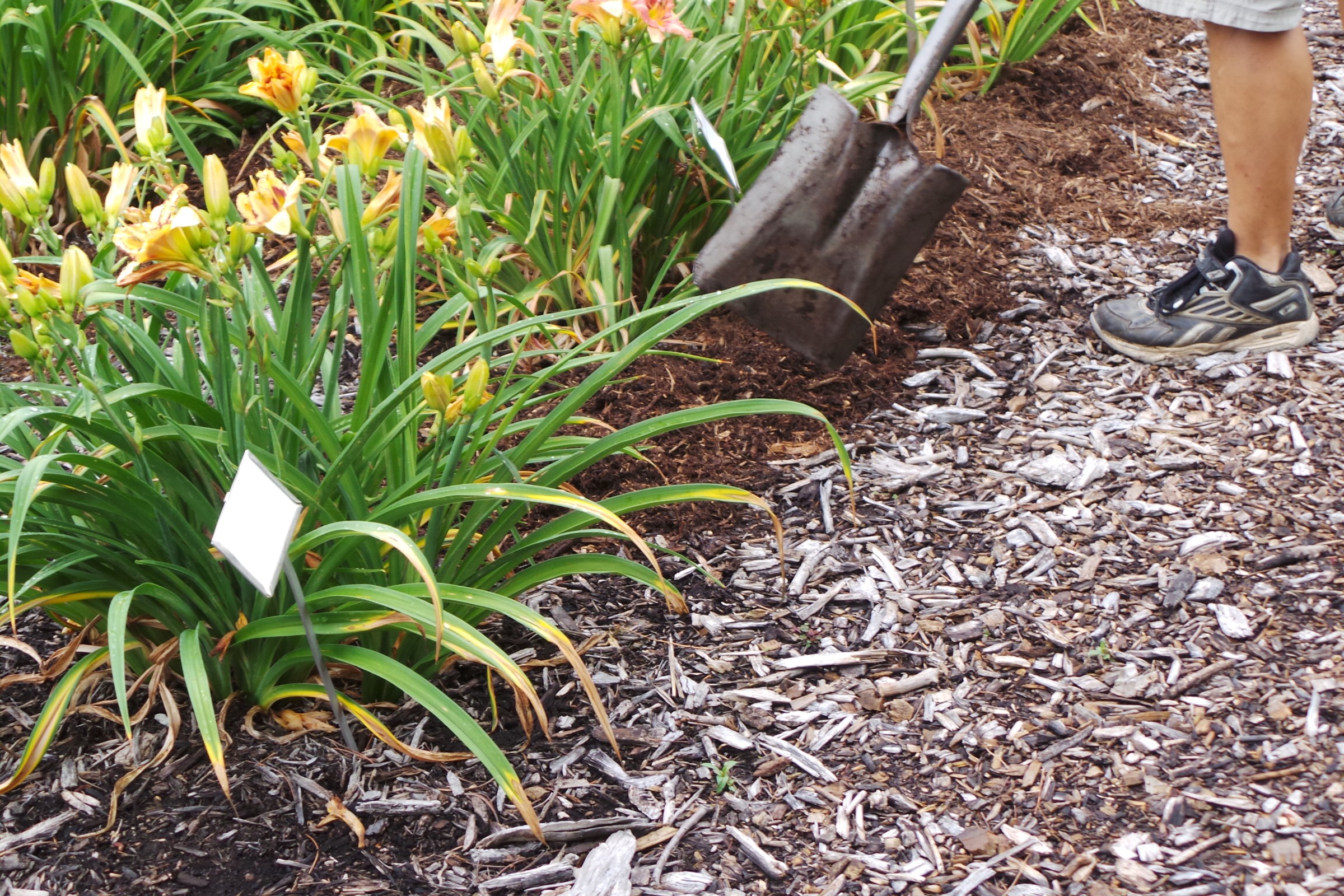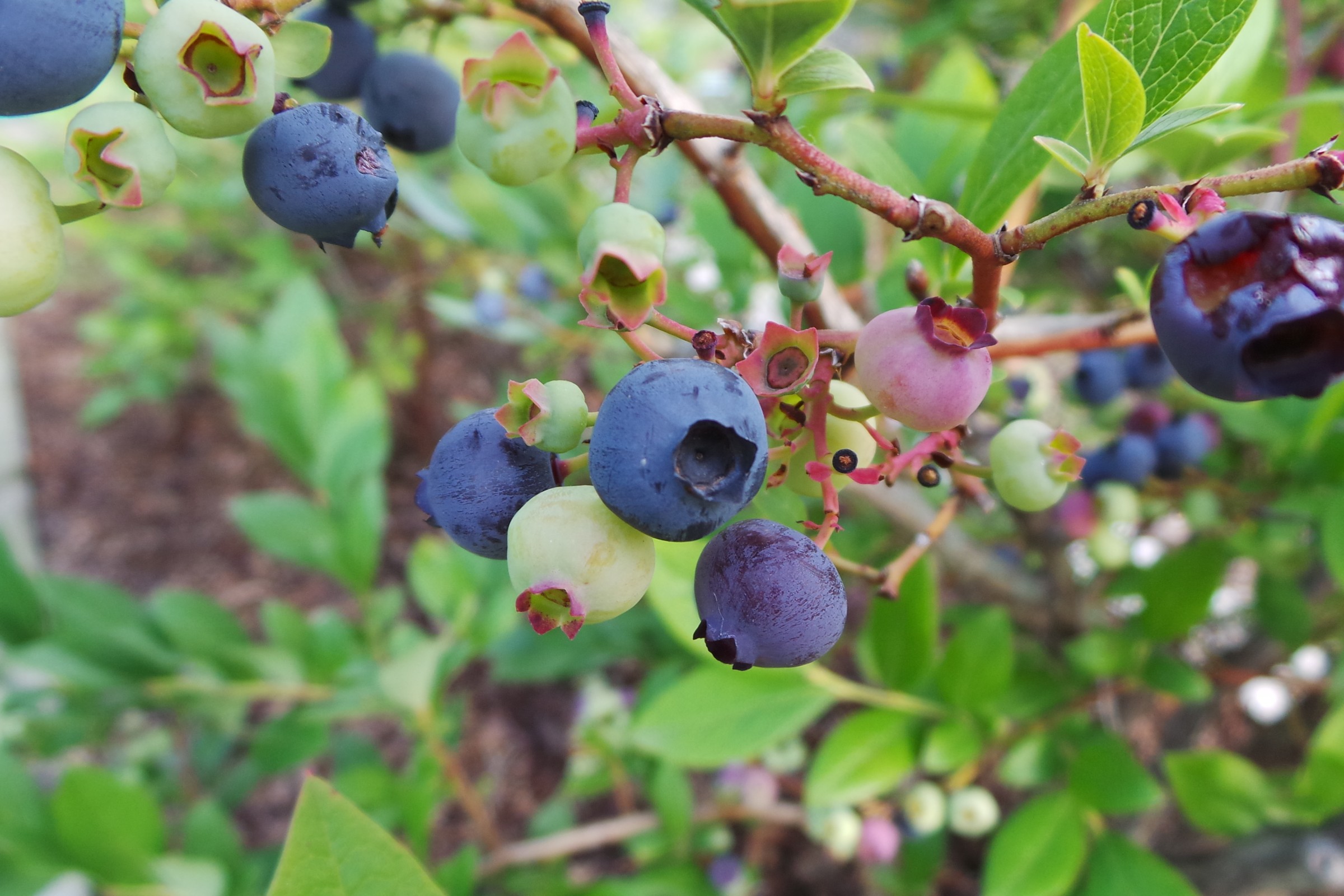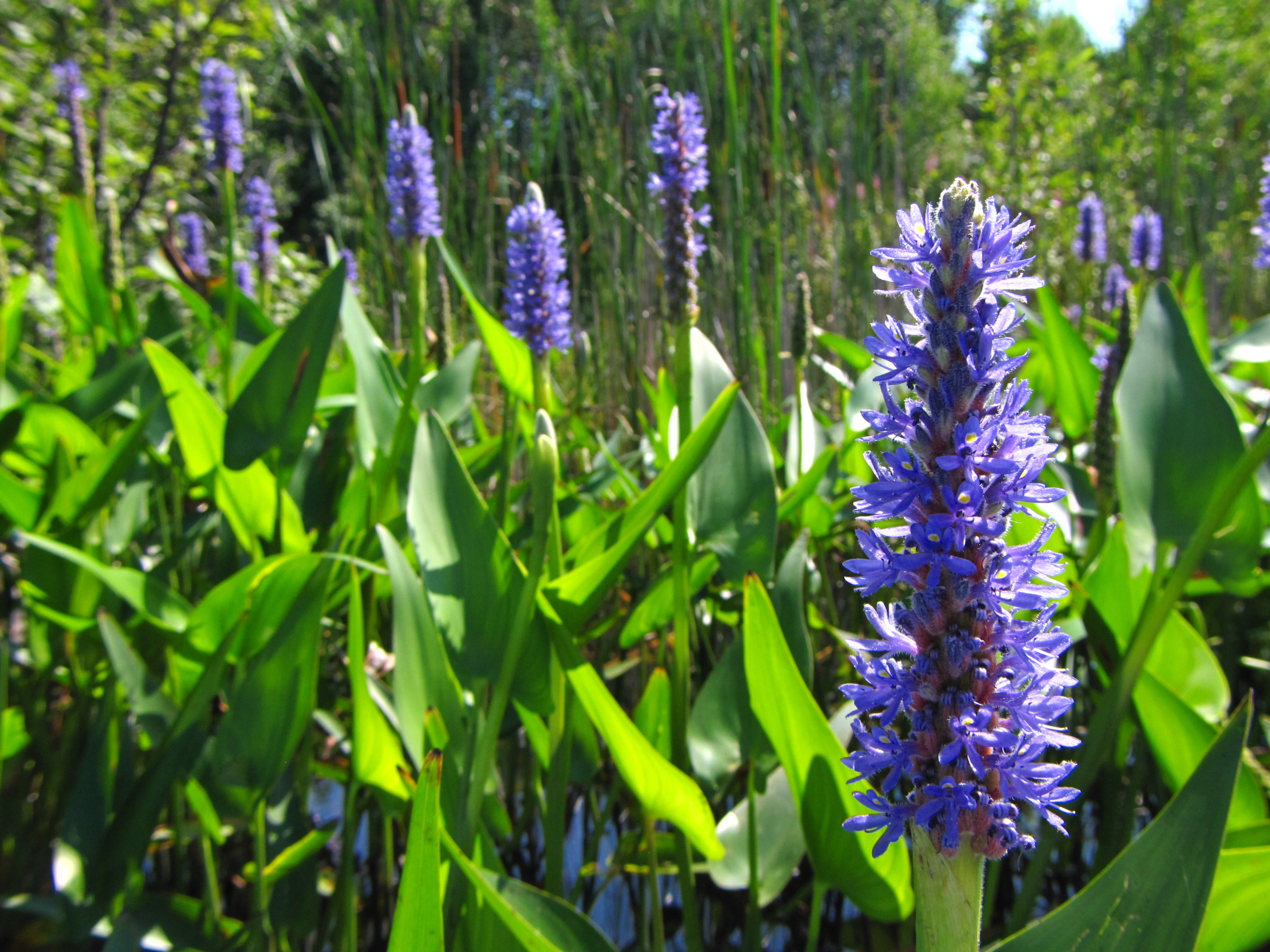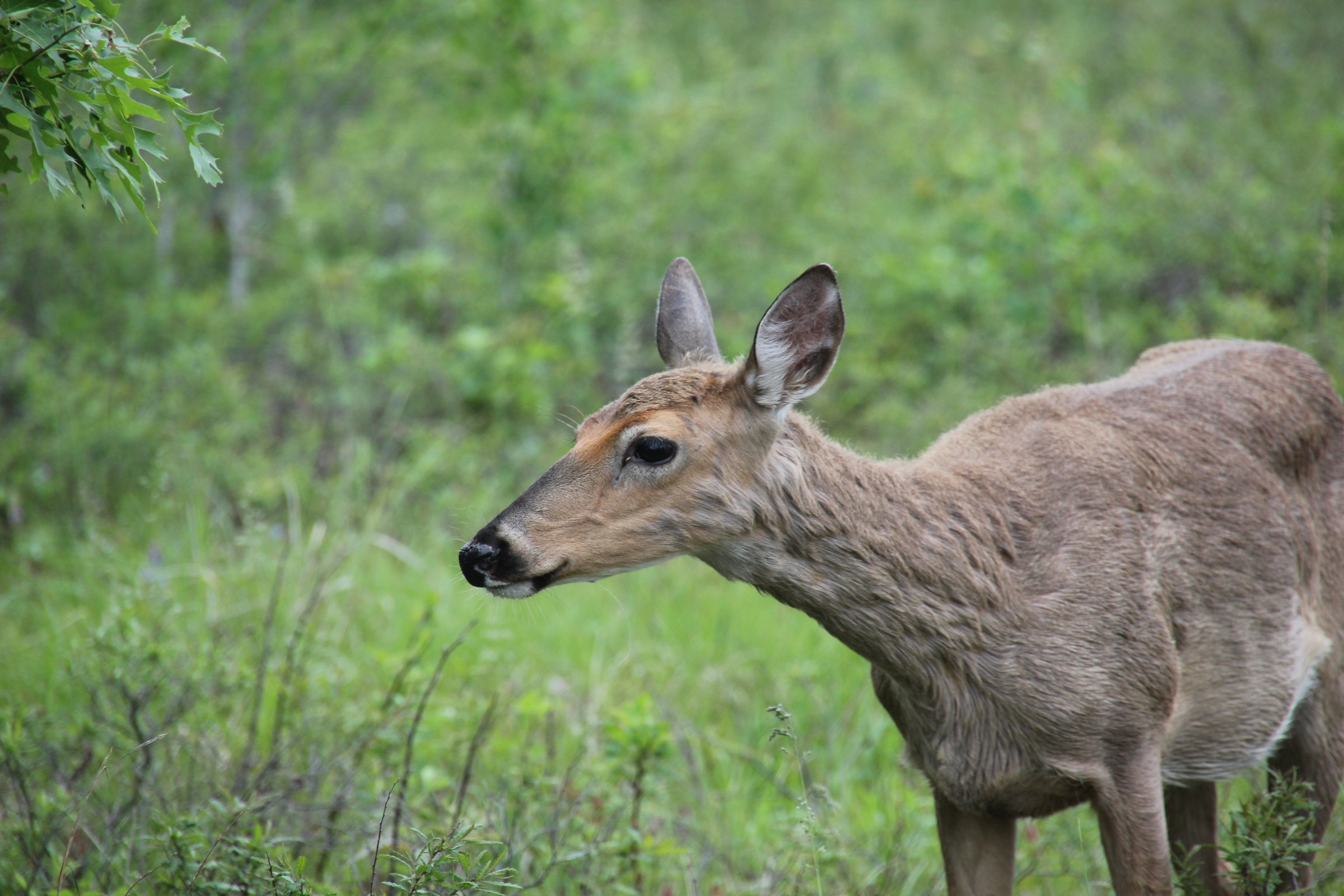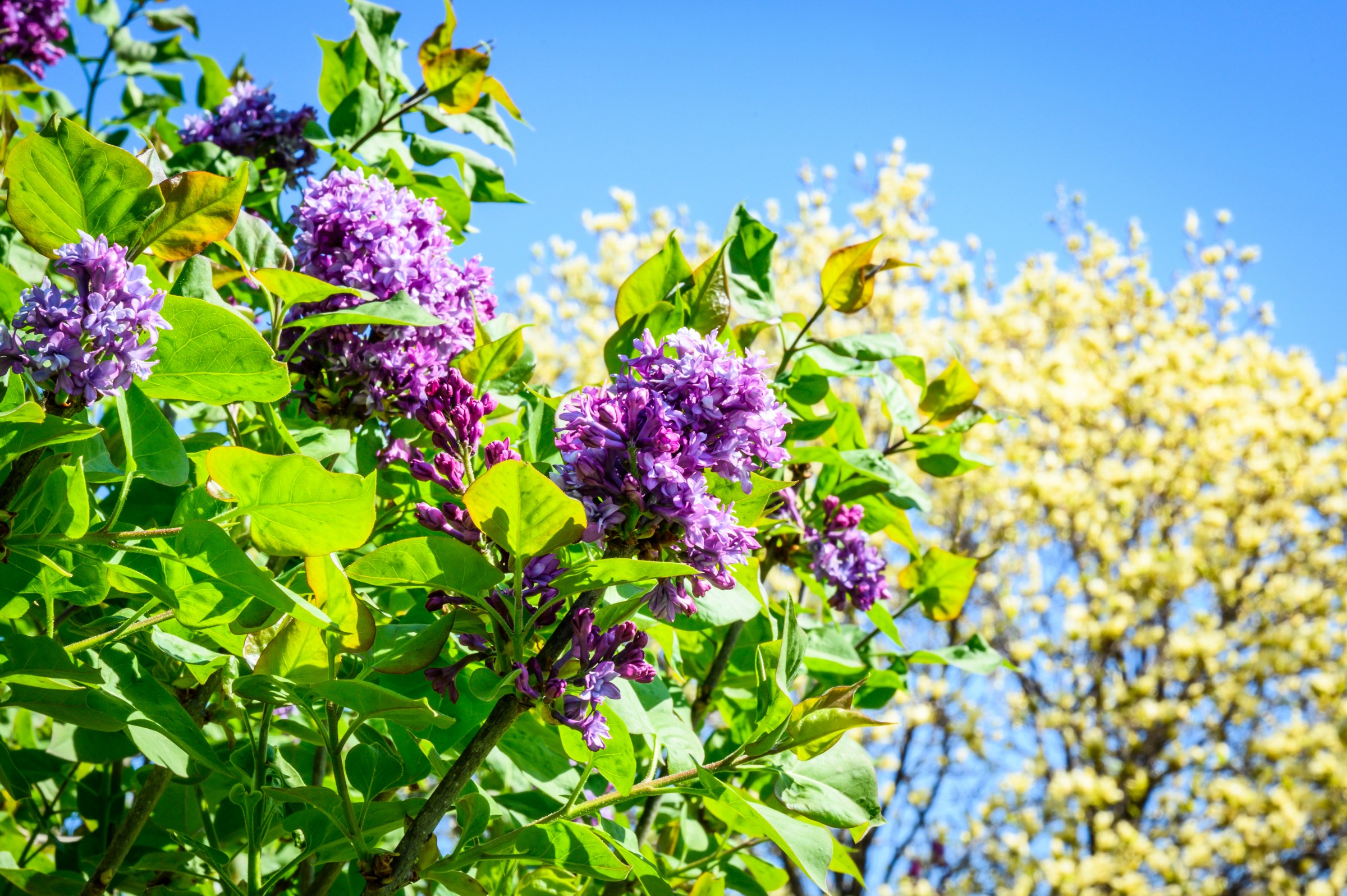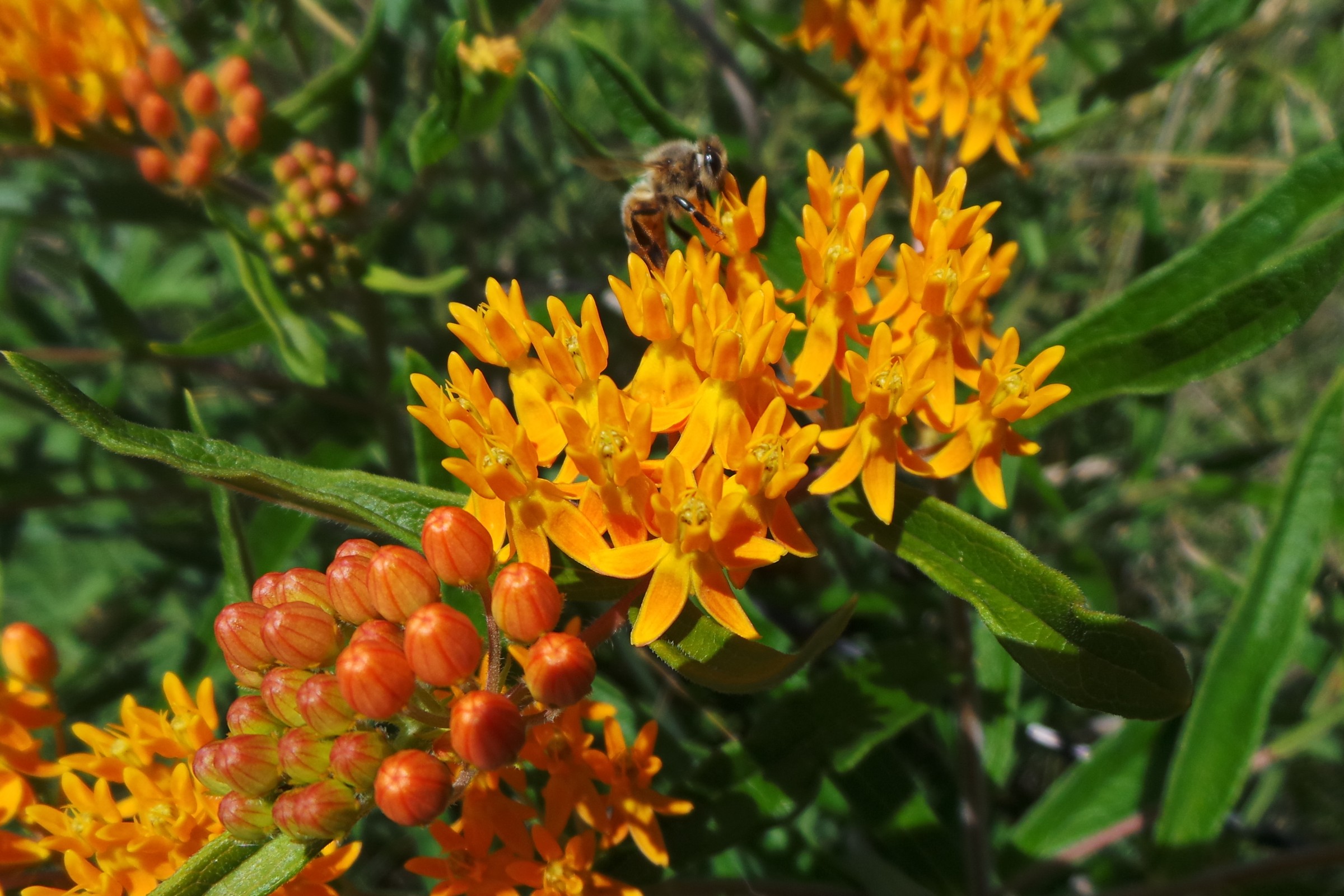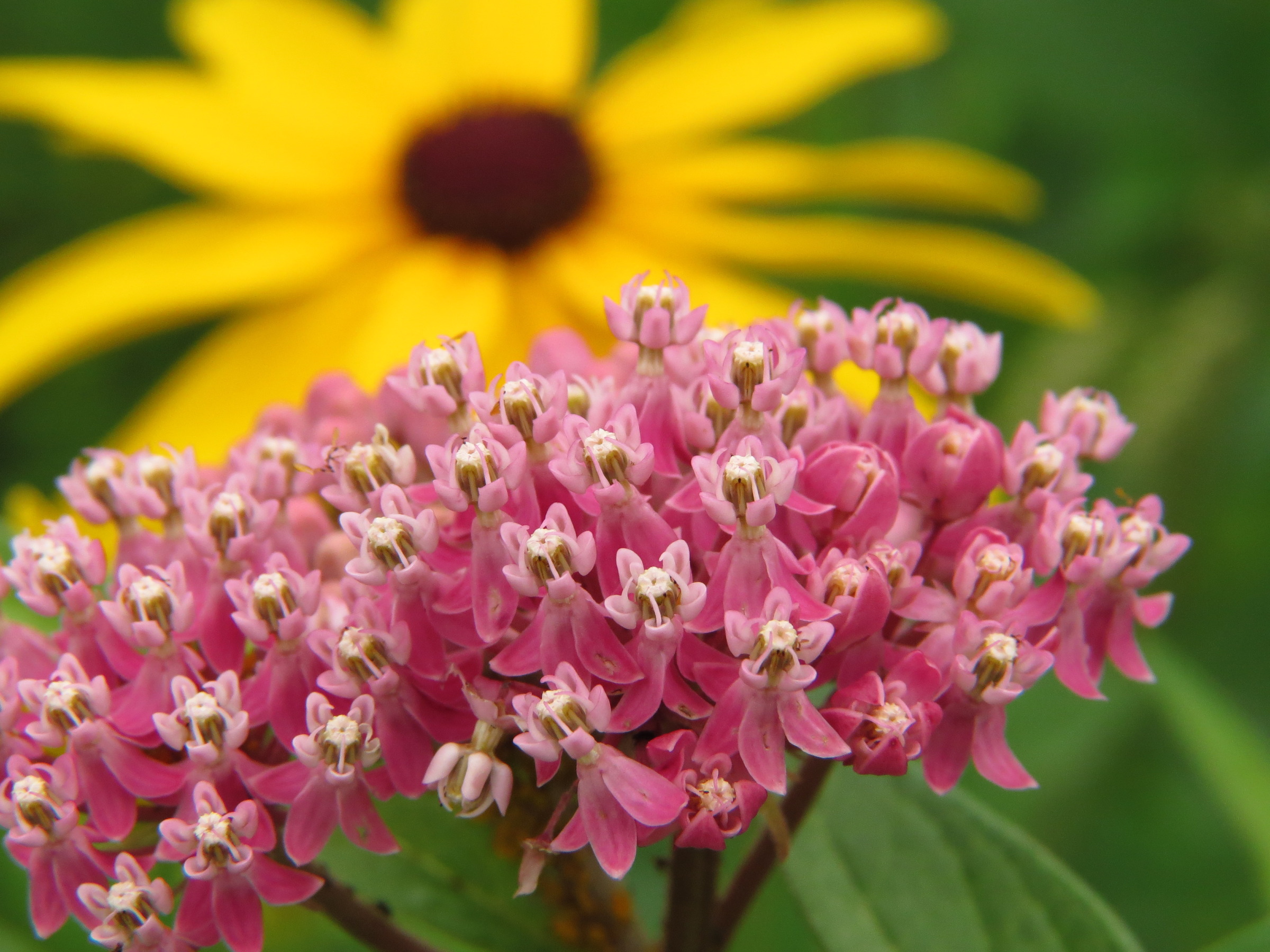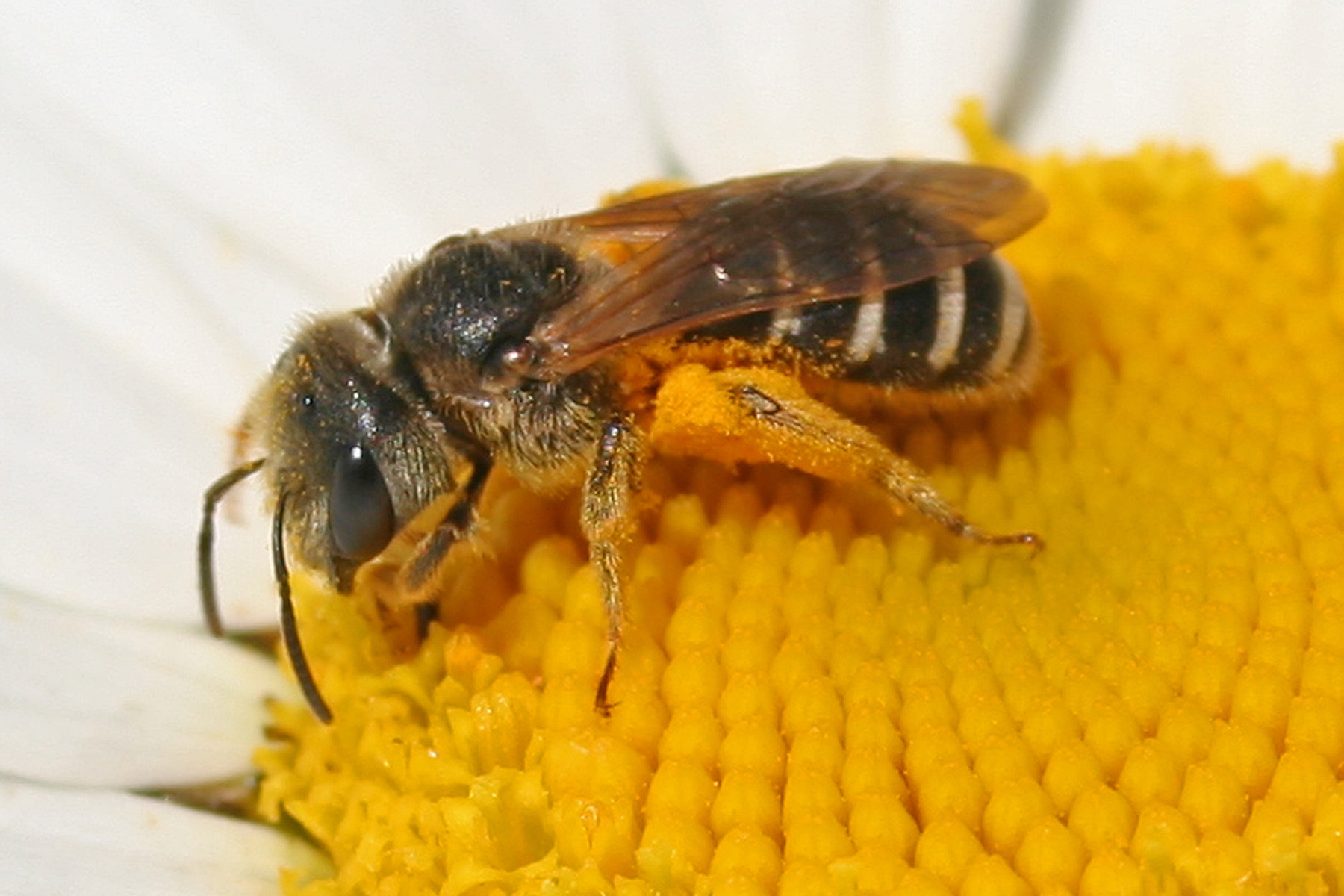2024 Q&A Series:
Gardening and Landscape Questions
Register for the upcoming Q&A series to get all of your questions answered!
Free Online Gardening Programs
Suitable for gardeners of all skill levels and watchable on mobile, tablet, and desktop devices.
Growing and Caring for Plants in Wisconsin: Foundations in Gardening
Registration for the Fall 2024 course opens July 15, 2024!
In the meantime, stay informed about all our offerings, including announcements about this course. Join our mailing list to receive reminders about courses, webinars, and more!
Growing and Caring for Plants in Wisconsin: Foundations in Gardening is an online introductory course where you learn key concepts for selecting, growing, and maintaining plants – from trees to houseplants to vegetables and everything in between!
New to Gardening?
Gardening and learning to grow your own food provides many benefits, but we know it can be a bit intimidating when first starting out.
Check out our New Gardener Resources to get your Wisconsin garden started quickly and easily.
Latest Horticulture News
Now is a great time to fixing dead spots in lawns
As lawns wake up from winter and start greening up, many of us are seeing spots where the grass has died over the winter. To repair larger areas of damaged grass, it is best to work up the soil and re-seed.
Smart Shopping: Dodging Disease When Purchasing Plants
May is a prime time to visit your local greenhouse, nursery or garden center to buy annuals, perennials and vegetables for your home garden. Unfortunately, these plants can be carriers of plant disease-causing organisms. Here are some pointers on what to look for when buying plants.
Spring is Tick Season in Wisconsin
Warmer temperatures mean that Wisconsinites are spending a lot more time enjoying the outdoors with activities such as gardening, hiking, picnicking, and camping. However, spring also happens to be a season of peak tick activity in the Midwest. Ticks may be small but can have big health impacts as they carry diseases such as Lyme disease, anaplasmosis, ehrlichiosis, and others.
Check out Horticulture News Posts from earlier in the season!
Timely Articles for Spring Gardens
Bagging Apples for Insect and Disease Control
Producing apples in home gardens can be challenging due to damage by insects and fungal diseases. One effective organic solution is placing developing fruit in bags. This factsheet describes the process.
Mulches for Home Gardens and Plantings
Boost your garden’s production with mulches. This publication shows when to use organic mulches, like bark or leaves, and synthetic mulches, like plastic sheets, and teaches how to apply them.
Growing Blueberries in Containers
The blueberry is a wonderful fruit rich in vitamin C, dietary fiber, and vitamin E. Due to its popularity, there is a growing interest among gardeners to plant blueberries in backyard gardens.
Fungus Gnats on Houseplants
Fungus gnats (Family Sciaridae) are insects commonly associated with overwatered houseplants. They can become a nuisance when they are present in large numbers and fly around inside a home. In most situations, fungus gnats are a cosmetic problem. However, on occasion, fungus gnat larvae can cause plant damage.
Growing Vegetables in Containers
This article provides practical tips on growing plants in containers. With a few tips, growing plants in containers can be easy!
Landscaping Alternatives for Common Invasive Wetland and Aquatic Plants
Aquatic and wetland plants are great additions to your water gardens, ponds, and rain gardens to oxygenate the water, shelter and feed wildlife, provide beauty, and support pollinators. The plants we choose for rain gardens are also key to how it will function to reduce runoff. Over time, we have learned that many invasive plants introduced to our gardens impact native species by spreading into natural areas.
Plants Not Favored by Deer
If deer visit your property, before planting (or replanting), check out this list of trees, shrubs, flowers, herbs, and grasses that deer tend to avoid.
Phenology
Phenology is a branch of science that studies the life cycles of plants and animals with seasonal changes and weather. Learn more in this factsheet.
Extending the Garden Season
Cold frames and hot beds, hoop houses, cloches, and floating row covers allow gardeners to grow plants earlier in spring and later in fall. Get ideas that will work for you in this factsheet.
Pollinator Gardens: Plant Selection and Garden Care
By: Susan Carpenter, Wisconsin Native Plant Garden Curator, UW-Madison Arboretum In this video, learn how to select and care for plants to attract and support diverse pollinators in your garden all season long. This presentation emphasizes native plants and pollinators and includes sustainable gardening practices. Pollinator Gardens: Plant Selection and Garden Care (Link to YouTube) […]
Landscaping Alternatives for Terrestrial Invasive Flowers and Grasses
Flowers, grasses, and sedges are great additions to your gardens and home landscape to intercept and control dirty water, store and cycle carbon, promote healthy soil, shelter and feed wildlife, and provide pollinator support. Over time, we have learned that many plants introduced into our gardens can negatively impact native species by spreading into natural areas.
Wisconsin’s Busy Bees: Getting to Know the Bees in Your Area
By: PJ Liesch, Extension Entomology Specialist, UW-Madison While bees such as honey bees and bumblebees are well-known, Wisconsin is home to nearly 500 species of bees. Most of these bees go unrecognized by the public but provide critical pollination services. In this video, you will learn about some of the commonest wild bees in the […]


